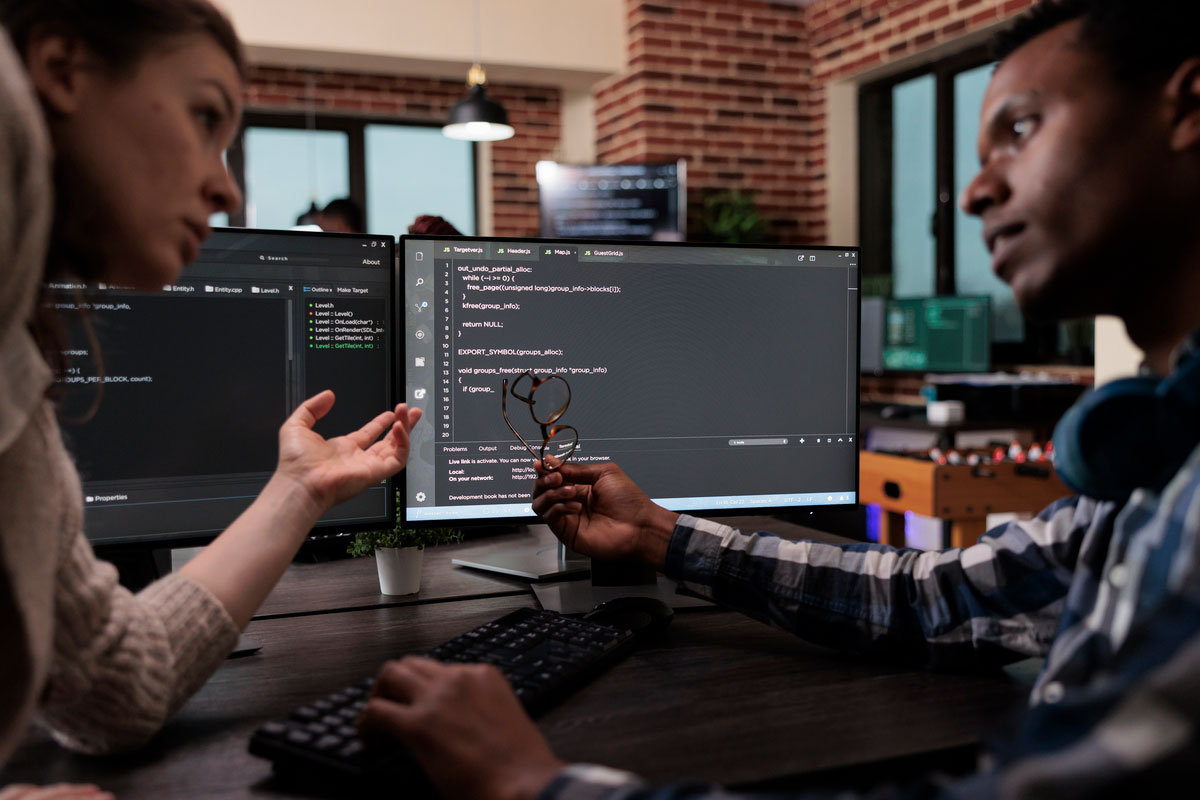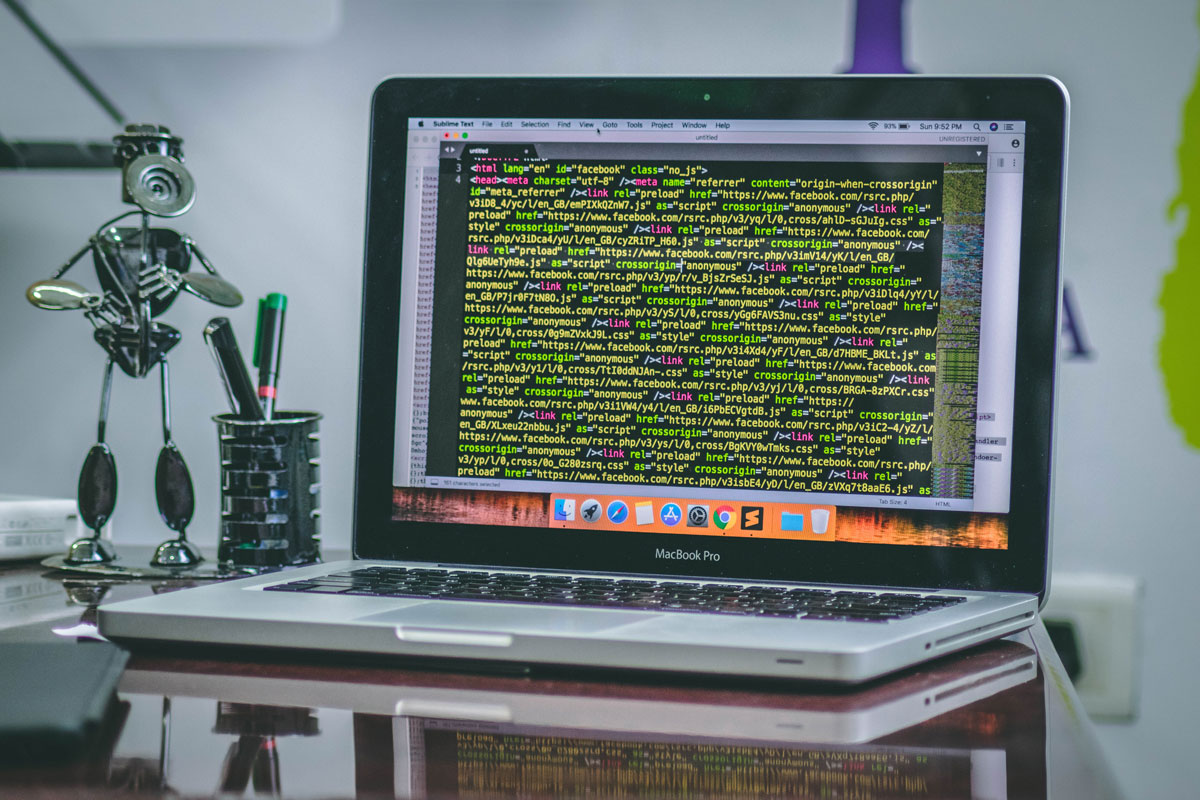In recent years, the construction industry has embarked on a transformative journey propelled by advancements in AI and Machine Learning in Co-Pilot for Construction. According to a report by McKinsey, the construction sector has historically lagged behind others in adopting digital technologies, but this trend is rapidly changing. Investments in AI and machine learning in construction are expected to surpass $2 billion annually, reflecting a burgeoning recognition of their potential to revolutionize project management, safety protocols, and overall operational efficiency.
AI-driven Co-Pilot systems, integrating data from sensors, drones, and sophisticated algorithms, are at the forefront of this revolution. These systems provide real-time insights into construction progress, optimize resource allocation, and enhance decision-making processes through predictive analytics. Furthermore, autonomous vehicles, robotic systems, and computer vision technologies are reshaping traditional practices, from site surveying to maintenance scheduling, thereby boosting productivity and safety standards.
However, the path to fully harnessing AI in construction is fraught with challenges. Issues such as data quality, integration complexities, workforce skills gaps, and regulatory compliance must be addressed to unlock the full potential of these technologies. This introduction sets the stage for exploring the current applications, challenges, and future implications of AI and Machine Learning in Co-Pilot for Construction.
Table of Contents
Understanding Co-Pilot in Construction
Co-Pilot in construction refers to the integration of AI and machine learning technologies to enhance project management and operational efficiency. Acting as a sophisticated assistant, Co-Pilot systems analyze vast amounts of data from various sources including sensors, drones, and project management software. This integration allows for real-time insights into construction progress, resource allocation, and safety monitoring.
By leveraging predictive analytics, Co-Pilot systems can forecast potential delays, optimize scheduling, and improve decision-making processes. Moreover, they facilitate automation in construction of routine tasks, reducing human error and enhancing overall project outcomes. The ultimate goal of Co-Pilot in construction is to streamline operations, increase productivity, and mitigate risks, thereby transforming traditional construction practices into more agile and responsive processes that meet the demands of modern infrastructure projects.

Current Applications of AI and Machine Learning in Construction
AI and machine learning are currently revolutionizing various facets of the construction industry through innovative applications:
- Predictive Analytics: Algorithms analyze historical data to forecast project timelines, costs, and potential risks, aiding in proactive decision-making.
- Smart Equipment and Maintenance: AI-powered sensors monitor equipment performance, predicting maintenance needs to prevent costly breakdowns and optimize uptime.
- Autonomous Vehicles and Robotics: Self-driving vehicles and robotic systems are used for tasks like site surveying, bricklaying, and material handling, improving efficiency and safety.
- Computer Vision: Cameras and drones equipped with AI analyze visual data to track construction progress, ensure adherence to design plans, and enhance safety by identifying hazards.
- Optimized Resource Management: AI optimizes resource allocation, such as scheduling workers and materials, minimizing waste, and improving project efficiency.
- Safety and Risk Management: AI analyzes real-time data to detect potential safety hazards and assess risks, promoting proactive measures to enhance on-site safety.
- Building Information Modeling (BIM): AI enhances BIM capabilities by automating design optimizations, clash detection, and generating detailed construction plans.
These applications illustrate AI and machine learning’s transformative potential in streamlining operations, improving project outcomes, and advancing safety standards within the construction sector.
Suggested article to read: AI for Construction Vehicle Automation: Neural Networks and Machine Learning Approaches

Challenges and Considerations of Implementing AI and Machine Learning in Co-Pilot for Construction
Implementing AI and machine learning in construction, despite its benefits, presents several challenges and considerations:
Suggested article to read: Data Management in Construction; 2025 Ultimate Guide
1. Data Quality and Availability: Construction projects generate large volumes of data, but ensuring its quality, consistency, and accessibility for AI algorithms remains a challenge.
2. Integration with Existing Systems: AI solutions need to integrate seamlessly with legacy systems and diverse technologies already in use within construction firms, requiring compatibility and interoperability.
3. Skills and Workforce Adaptation: Training personnel to effectively use AI tools and interpret outputs is crucial. The industry needs skilled professionals who can manage and optimize AI-driven processes.
4. Cost and Return on Investment: Initial setup costs for AI technologies can be significant, and construction firms must assess whether the long-term benefits justify the investment.
5. Regulatory and Legal Issues: Compliance with data privacy regulations, liability concerns related to AI-driven decisions, and ensuring ethical use of AI are critical considerations.
6. Bias and Fairness: AI algorithms can inherit biases from training data, impacting decisions related to hiring, resource allocation, and project management. Ensuring fairness and transparency in AI applications is essential.
7. Cybersecurity Risks: Increased reliance on digital technologies and connected devices exposes construction projects to cybersecurity threats, requiring robust measures to protect sensitive data and systems.
Suggested article to read: Cybersecurity in Construction; Guide to 2025
Addressing these challenges involves collaboration between technology providers, construction firms, regulators, and stakeholders to develop frameworks, standards, and best practices that promote responsible and effective use of AI and machine learning in construction.

Conclusion
The integration of AI and machine learning as Co-Pilot systems in construction marks a pivotal advancement towards enhancing project management and operational efficiency. By harnessing vast data streams from sensors, drones, and project software, these technologies provide real-time insights, optimize resource allocation, and improve safety protocols. Predictive analytics further empower decision-making, foreseeing potential delays and refining scheduling strategies.
Despite their transformative potential, implementing AI in construction entails navigating significant challenges. These include ensuring data quality, integrating new technologies with existing systems, and addressing workforce skills gaps. Financial considerations, regulatory compliance, and mitigating biases in AI algorithms also demand careful attention. Nevertheless, overcoming these obstacles promises substantial benefits: streamlined operations, enhanced productivity, and heightened safety standards.
Moving forward, collaboration among stakeholders—industry leaders, technology developers, regulators, and workforce educators—is crucial. Together, they can foster a supportive environment that fosters responsible AI adoption, driving construction towards more agile and resilient practices that meet the evolving demands of modern infrastructure projects.
Suggested article for reading:
11 Top IoT Companies in Middle East (2025)
10 Top IoT Companies in Denmark (2025)
Resources:
Microsoft | Forbes | ScienceDirect | Columbia University
For all the pictures: Freepik



